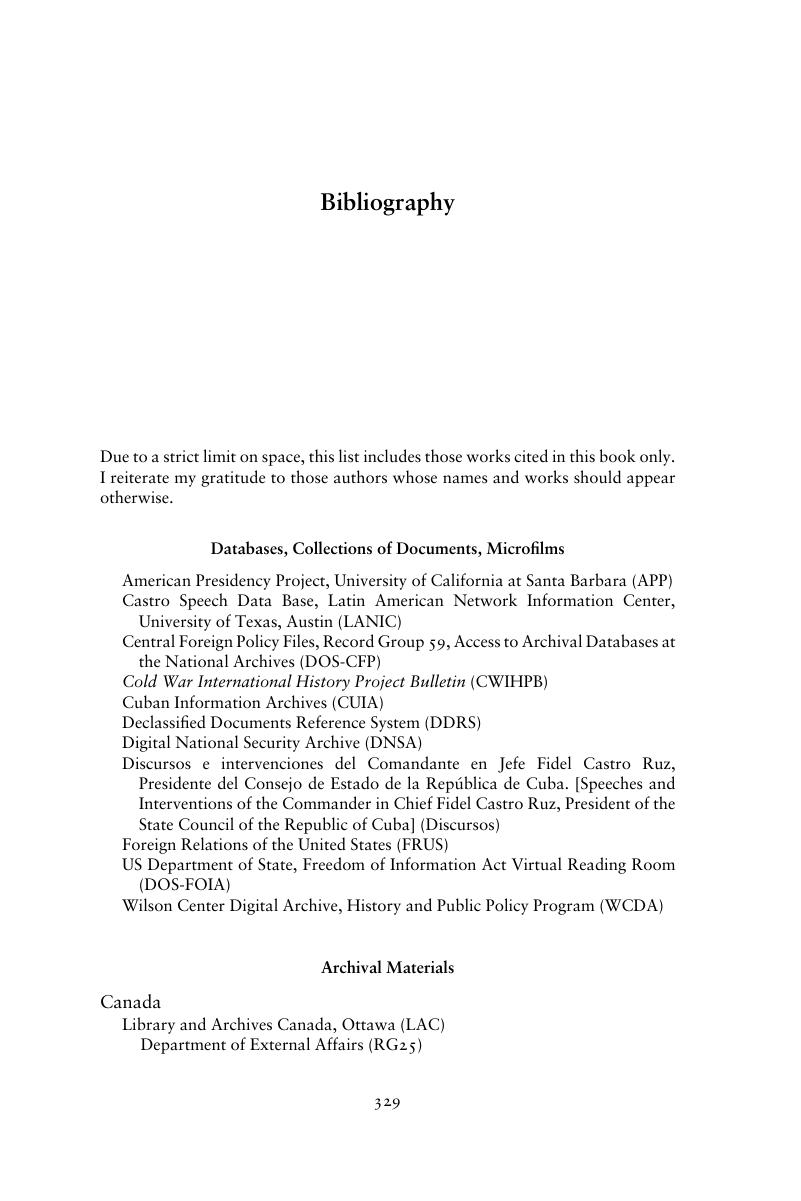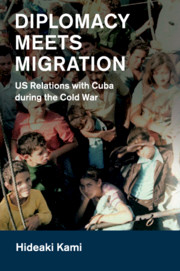Book contents
- Diplomacy Meets Migration
- Cambridge Studies in US Foreign Relations
- Diplomacy Meets Migration
- Copyright page
- Dedication
- Contents
- Figures
- Acknowledgments
- Abbreviations
- Map of the Florida Straits
- Introduction
- 1 Between Revolution and Counterrevolution
- 2 The Legacy of Violence
- 3 A Time for Dialogue?
- 4 The Crisis of 1980
- 5 Acting as a “Superhero”?
- 6 The Two Contrary Currents
- 7 Making Foreign Policy Domestic?
- Conclusion
- Bibliography
- Index
- References
Bibliography
Published online by Cambridge University Press: 19 June 2018
- Diplomacy Meets Migration
- Cambridge Studies in US Foreign Relations
- Diplomacy Meets Migration
- Copyright page
- Dedication
- Contents
- Figures
- Acknowledgments
- Abbreviations
- Map of the Florida Straits
- Introduction
- 1 Between Revolution and Counterrevolution
- 2 The Legacy of Violence
- 3 A Time for Dialogue?
- 4 The Crisis of 1980
- 5 Acting as a “Superhero”?
- 6 The Two Contrary Currents
- 7 Making Foreign Policy Domestic?
- Conclusion
- Bibliography
- Index
- References
Summary

- Type
- Chapter
- Information
- Diplomacy Meets MigrationUS Relations with Cuba during the Cold War, pp. 329 - 346Publisher: Cambridge University PressPrint publication year: 2018



